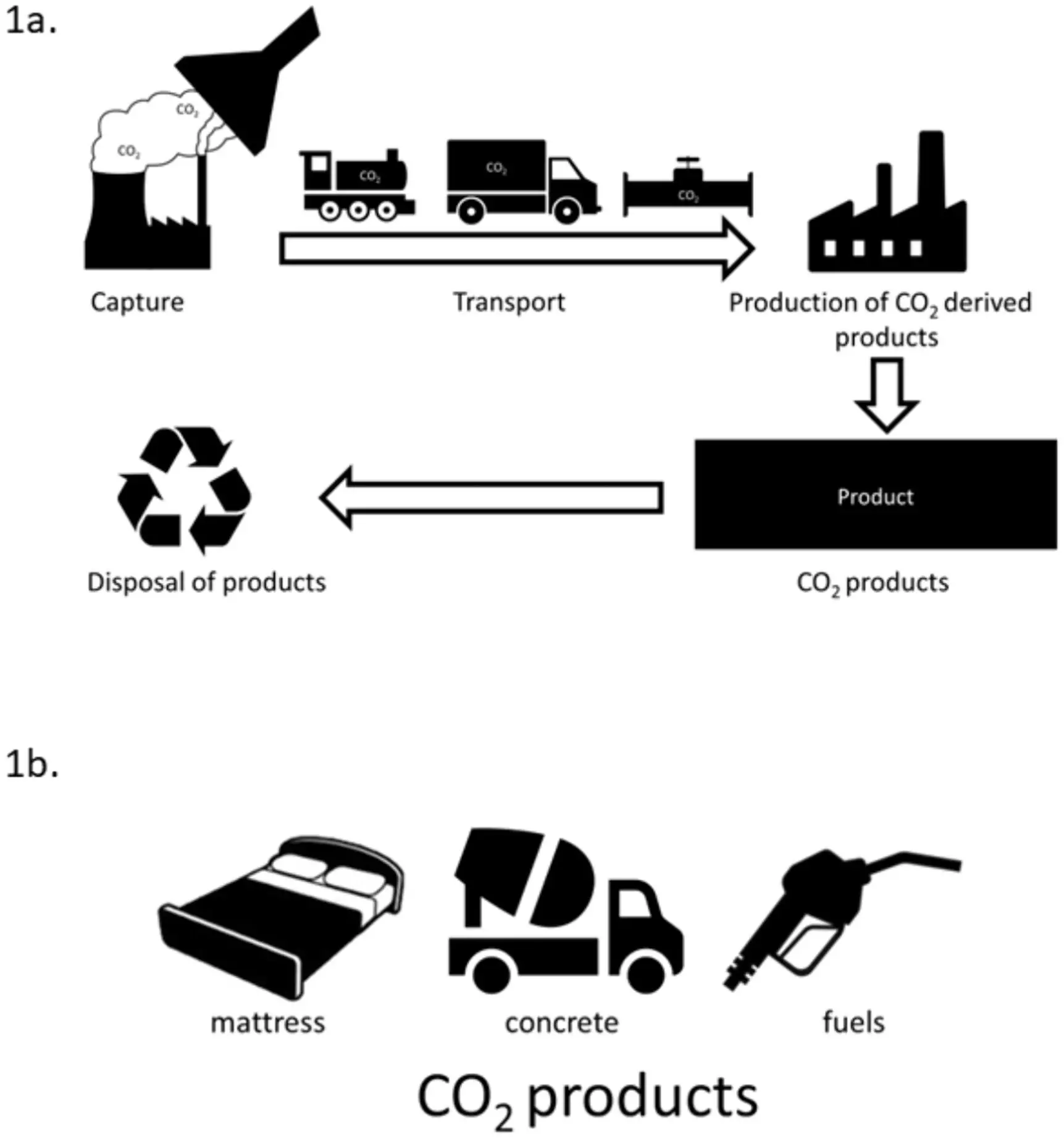In the face of escalating climate change challenges, the urgency for viable solutions is palpable. Climate mitigation strategies can take numerous forms, influenced by an intricate interplay of technology, policy, and most importantly, public perception. One emergent technology, carbon capture and utilization (CCU), has garnered attention for its potential to capture carbon dioxide emissions and repurpose it into useful products. However, understanding public sentiment towards CCU is critical for effective implementation and advancement. Recent research led by Dr. Kaitlin Raimi from the University of Michigan exposes the multifaceted nature of this support, revealing that public acceptance is not homogeneous and varies significantly across different demographics.
A Nuanced Support Landscape
The research conducted by Dr. Raimi and her colleagues sheds light on the public’s general perception of CCU technology, indicating an overall acceptance when assessed in abstract terms. However, this support wanes when elements of local implementation are introduced. It appears that opinions pivot on the dimensions being considered—whether one views CCU’s potential in terms of its broad societal benefits or its localized environmental impacts. Many individuals express enthusiasm for the technology’s promise of economic growth, yet concerns linger about potential health ramifications and ecological trade-offs. This dichotomy brings to the forefront the need for transparent dialogue concerning the environmental implications of establishing CCU infrastructure, particularly in areas that might suffer from altered land use or air quality degradation.
Community-Level Concerns
The study elucidated various community perspectives, emphasizing that minority racial and ethnic groups tend to harbor heightened concerns about local environmental hazards associated with CCU. This difference is likely rooted in their greater susceptibility to environmental degradation and the historical context of disproportionate impacts faced by these demographics. This calls attention to the potential for dissent within communities that may believe the economic benefits of CCU come at the expense of their environmental wellbeing. Furthermore, individuals categorized as environmentalists are generally more supportive of CCU but face opposition from people skeptical of technology’s ability to harmonize with natural systems.
Intriguingly, demographic factors such as gender also play a significant role in CCU support levels. Men tend to be more supportive than women, suggesting that aspirations surrounding economic advantages and health benefits of CCU are perceived differently across genders. This insight highlights the essentiality of promoting inclusive conversations that integrate diverse viewpoints, as overlooking particular segments of society could undermine the legitimacy and acceptance of CCU technologies moving forward. The study calls for the active involvement of varied stakeholder groups in decision-making processes to realize a more equitable narrative surrounding CCU.
The U.S. finds itself lagging in climate action compared to its European peers, despite being one of the largest contributors to global emissions. An entrenched apathetic disposition towards climate change permeates public discourse, leading to polarized perspectives that complicate consensus-building around solutions like CCU. Many Americans exhibit a level of disinterest or detachment from climate mitigation discussions, which is further compounded by a lack of understanding of the consequences and benefits of proposed technologies. This gaps in awareness illustrate the pressing need for educational efforts directed at fostering a more informed population.
To bridge the chasm between public skepticism and technological potential, researchers advocate for enhanced communication between experts and the general populace. Such engagement could catalyze collective problem-solving efforts, empowering communities to understand not just the risks, but the feasible pathways to harnessing emergent technologies like CCU in mitigating climate change. The objective is to create a holistic climate action strategy that showcases the interplay between economic opportunities and environmental stewardship.
The journey toward achieving broad support for innovative climate technologies like CCU is fraught with complexity. It requires not only a clear understanding of public sentiment but also a commitment to engaging diverse communities in the dialogue about potential benefits and risks. This study serves as a crucial reminder of the intricate dynamics of acceptance, underlying the necessity for inclusive, well-informed discussions as the world navigates the pressing challenges posed by climate change. For CCU and similar technologies to thrive, they must resonate with the diverse narratives and concerns of those they impact.


Leave a Reply